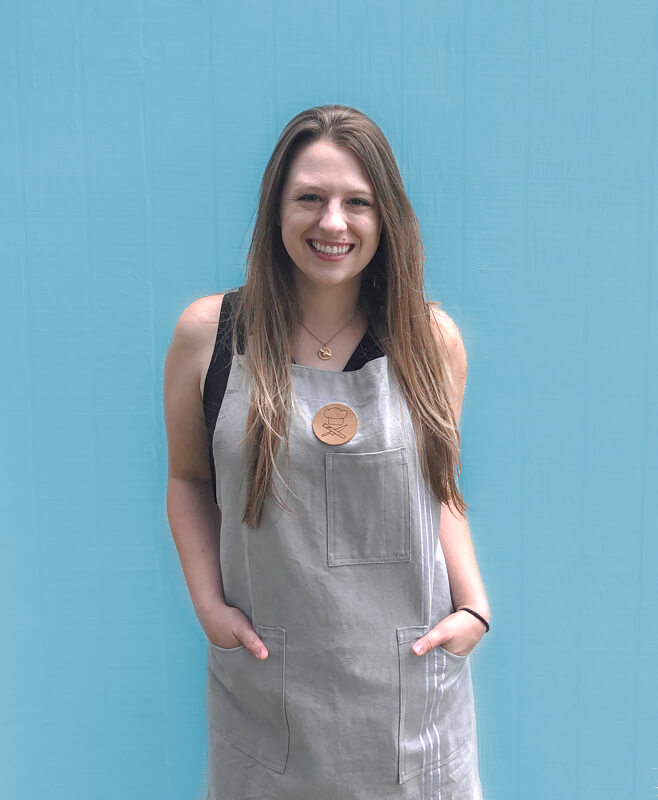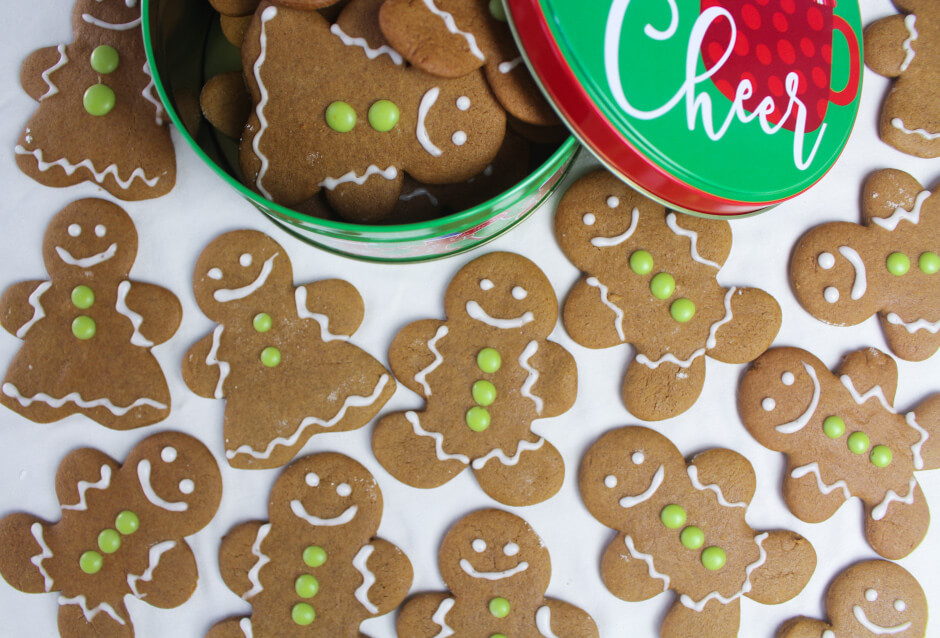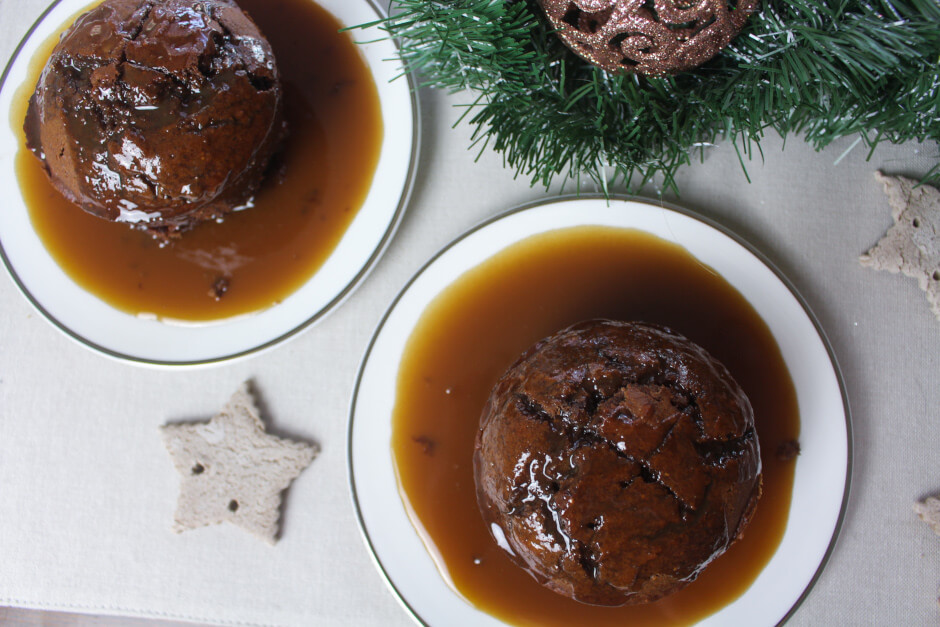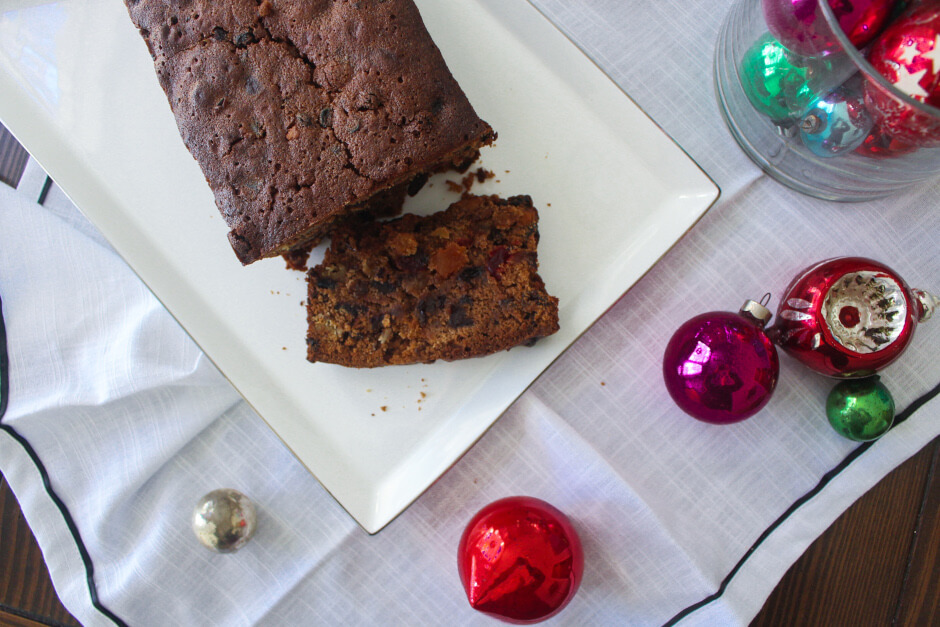Christmas Series | Mulled Wine
December 23, 2020
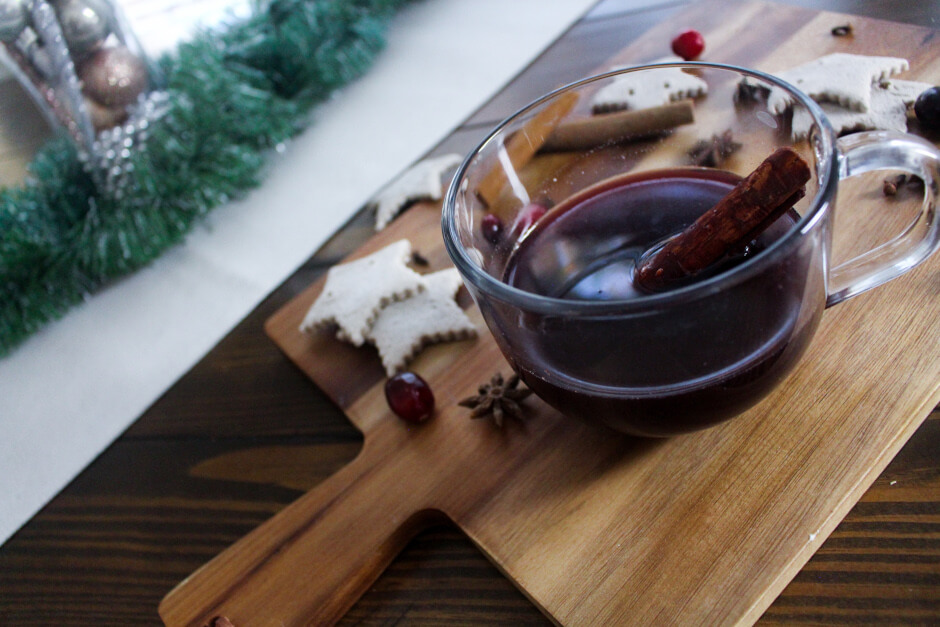
Welcome to my 12 days of Christmas Foods! Each day I make a different Christmas recipe. I'll share which recipe I used, a little history about the recipe, the steps involved in making it, and, of course, delicious pictures. On day 1, I made gingerbread and on day 2, I made aged eggnog. Day 3 was roasted chestnuts. Day 4 was Christmas fudge, and day 5 was Mincemeat Pie. Day 6 was Chocolate-covered Pretzels, and day 7 was Fruit Cake. Day 8 was Figgy Pudding, and day 9 was Gingerbread Cookies.
On the tenth day of Christmas foods, I made my mulled wine recipe. You can find it here!
Mulled wine just screams Christmas to me. I want to snuggle up on the couch and drink it every day leading up to Christmas day. It's so warm and cozy. A couple weeks ago I posted my Cooking Laboratory video that talked all about the history of mulled wine, science, and recipe testing. I also created my own mulled wine recipe which is the one I'm talking about today! You can watch that video here.
History Lesson: Mulled wine dates all the way back to the 2nd century. Well probably. As I’m finding with all my cooking lab history lessons, the stories are little he said, she said, but everybody is pretty confident that mulled wine has been around for a long time.
Some say the ancient greeks were the first to create mulled wine. They hated wasting wine even if it didn’t taste that good. Which I can definitely relate to. So in order to make it palatable, they dumped all the spices into it and heated it up.
The Romans were also drinking warm wine in order to stay toasty from the blustery winters and to not waste any wine as well. They began to add honey to the wine in a 1:1 ratio and called it “Conditum Paradoxum.” Eventually, the love for mulled wine would spread across all of their empire and all of the regions they made trades with.
During the Middle Ages, Europeans added spices to their heated wine in hopes it would keep sickness at bay. However, despite its possible medicinal properties and how tasty it was, mulled wine slowly began to fade from people’s lives and people stopped drinking it as much.. well except for one country. Mulled wine was especially a big hit in Sweden where they created their own variations. Claret consisted for wine, sugar, honey, and spices while Lutendrank contained spices, wine, and milk.
As you can tell, nobody actually called it mulled wine back then and everybody’s recipe was different just like today. In Sweden, you may also hear it called glӧgg, and cookbooks from Germany that called it gluhwein or “glow wine.” Glow wine because they used red hot irons to heat the wine up giving the wine a glowing effect.
It wasn’t until 1618 when the first use of the word “mull” was heard. According to Merriam-Webster, it means “to heat, sweeten, and flavor with spices.” And in the 1800’s, people started getting really creative adding cognac and other liquors to the mixture to really get the party started. But how did mulled wine become a Christmas tradition for so many?
In 1843, Charles Dickens wrote “A Christmas Carol,” and in it he talks about a version of mulled wine called Smoking Bishop. And that got everybody wanting to drink mulled wine during all of their Christmas festivities. Eventually it became a huge hit again all over Europe thanks to the Christmas spirit and Charles Dickens.
Mulled wine would eventually become popular all over the globe. Today, you can find a wide range of recipes, and all of them are titled mulled wine despite the wide range of ingredients. Modern versions of mulled wine consist of many different ingredients including oranges, cinnamon, star anise, cheap dry red wine, and sometimes a little brandy is added too.
You can find my sources and read more about mulled wine on vivino.com and vinepair.com.
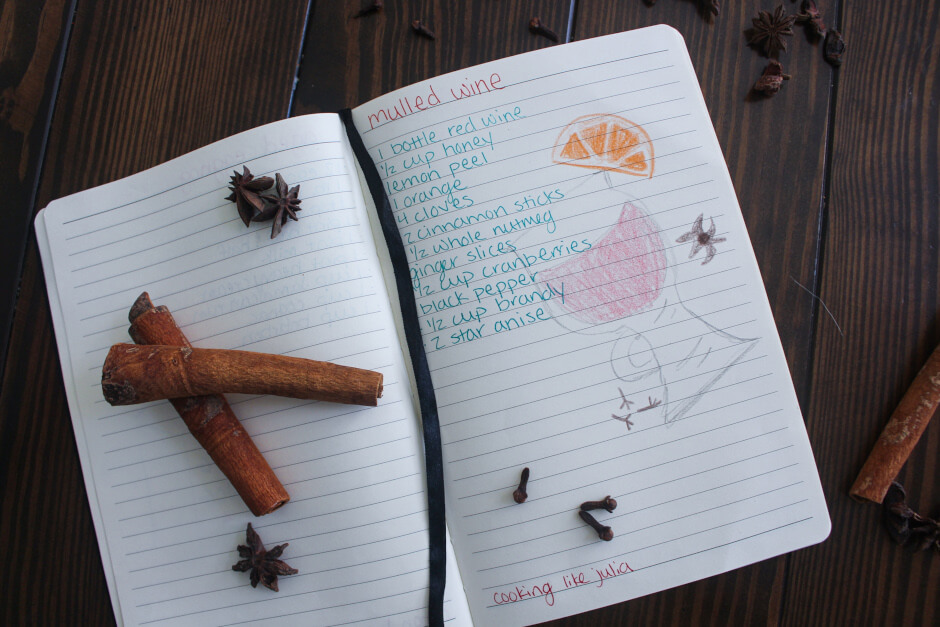
Let's talk about the recipe! You can find my mulled wine recipe here. I created this recipe based off of history and science. Honey is used because it's what they used way back in the day to make mulled wine. It's packed full of flavors such as lemon, orange, cloves, cinnamon, nutmeg, ginger, cranberries, and black pepper. A little bit of brandy is added in at the end too. This mulled wine is only heated up to 174°F (79°C) to ensure that none of the alcohol gets boiled away!
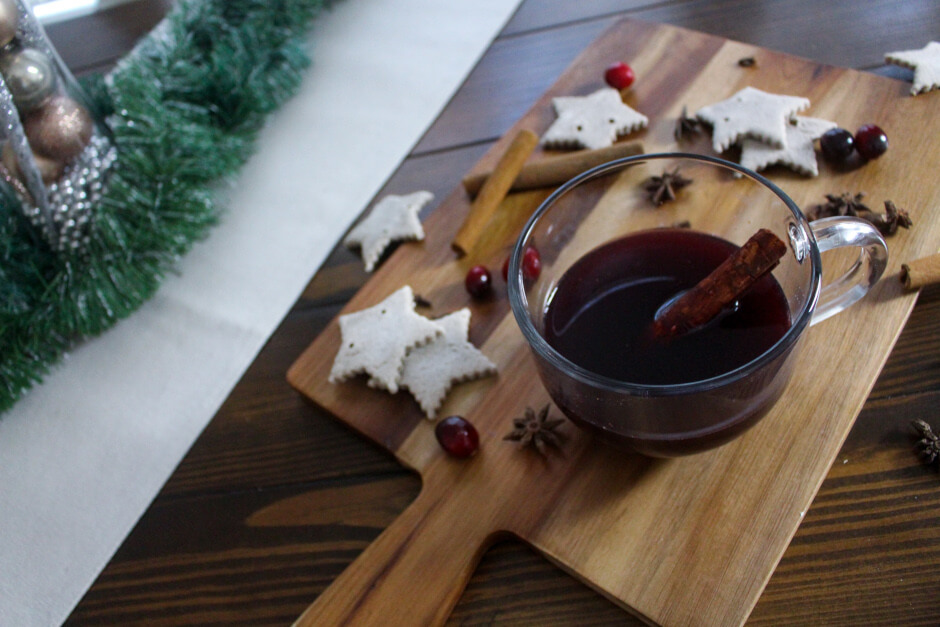
See you all again tomorrow for day 11. Happy Drinking!
Bon appétit!
December 23, 2020 by Laura Ehlers

